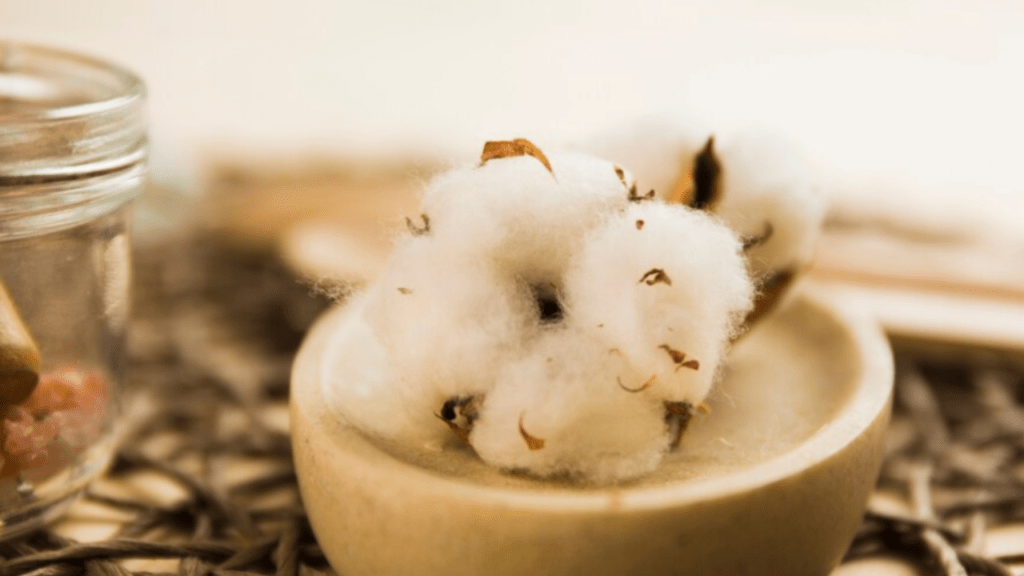
Growing Cotton Plant Seeds: Essential Tips for Success
Growing cotton plant seeds can be a rewarding and fulfilling experience, but it requires some specific knowledge and care to be successful. In this article, we will provide essential tips for successfully growing cotton plant seeds, including information on soil conditions, watering, and sunlight requirements. Whether you’re a beginner or experienced gardener, these tips will help you achieve success in growing your own cotton plants. So let’s dive in and learn how to grow cotton plant seed like a pro!
Cotton plants are incredibly important and versatile. They are used for producing cotton fiber, which is used to make clothing, textiles, and various other products. Additionally, cottonseed is used for producing oil and animal feed. The cotton plant is also a valuable crop for farmers as it is a source of income and can be grown in a variety of climates. In addition to their economic importance, cotton plants also play a vital role in the environment by providing habitat for wildlife and helping to prevent soil erosion. Overall, cotton plants are essential for both economic and environmental reasons.
Selecting the right seeds is the first step in growing cotton plants. Look for high-quality, disease-resistant seeds from a reputable supplier. Once you have your seeds, it’s time to plant them. Cotton plants require well-drained soil and plenty of sunlight, so choose a sunny spot in your garden for planting. Make sure to space the seeds at least 10 inches apart to allow room for growth.
After planting, it’s important to provide proper care for your cotton plants. Water them regularly, especially during dry periods, and fertilize them as needed. Keep an eye out for pests and diseases, and take action to address any issues that arise. Finally, when the cotton bolls begin to mature, it’s time to harvest your crop. Pick the cotton by hand or with a cotton picker, and then remove the seeds from the cotton fiber.
By following these tips and putting in the necessary effort, you can successfully grow your own cotton plants and enjoy the many benefits they provide. Happy gardening!
Table of Contents
ToggleUnderstanding Cotton Plant Seeds
To understand cotton plant seeds, it’s important to know that cotton seeds are the source of cotton fiber, which is used to make a variety of products such as clothing, linens, and towels. Cotton seeds are also used to produce cottonseed oil, which is used in cooking and for various industrial purposes. When planting cotton seeds, it’s important to choose a well-drained, sunny location with fertile soil. After planting, it’s important to provide proper care for your cotton plants. Water them regularly, especially during dry periods, and fertilize them as needed. Keep an eye out for pests and diseases, and take action to address any issues that arise. Finally, when the cotton bolls begin to mature, it’s time to harvest your crop. Pick the cotton by hand or with a cotton picker, and then remove the seeds from the cotton fiber. By following these tips and putting in the necessary effort, you can successfully grow your own cotton plants and enjoy the many benefits they provide. Happy gardening!
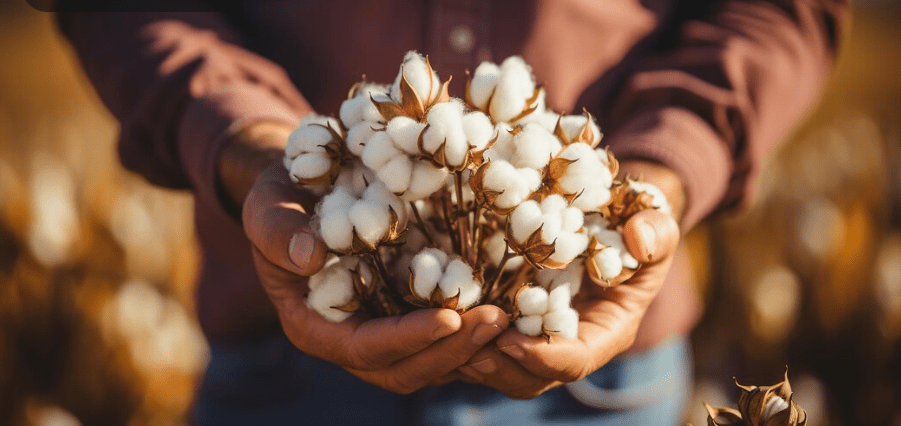
What are Cotton Plant Seeds?
Cotton plant seeds refer to the seeds of the cotton plant, a crop that is grown for its soft, fluffy fibers. These fibers are used to make a wide range of products, including clothing, linens, and textiles. The seeds of the cotton plant are also valuable, as they can be used to produce cottonseed oil, which is used in cooking, as well as in the production of animal feed and industrial products. Overall, cotton plant seeds are an important byproduct of the cotton industry and have many practical uses.
History and Significance of Cotton Cultivation
Cotton cultivation has a long history and holds significant importance in the agricultural industry. It has been cultivated for thousands of years and has played a crucial role in the development of civilizations and economies around the world. Cotton cultivation has been a major contributor to the textile industry, providing raw material for clothing, linens, and textiles. The process of growing and harvesting cotton has evolved over time, from handpicking the cotton to using modern machinery like cotton pickers. The significance of cotton cultivation extends beyond just the fibers, as the seeds of the cotton plant are also valuable and have various practical uses, such as producing cottonseed oil for cooking and industrial products. Understanding the history and significance of cotton cultivation is important for appreciating its impact on society and the economy.
Types of Cotton Plant Seeds
Upland Cotton
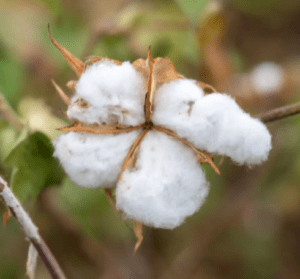
Upland cotton is one of the most widely grown and used types of cotton plant seeds. This type of cotton is known for its versatility and is used to make a wide range of products, including clothing, linens, and textiles. Additionally, the seeds of the upland cotton plant are valuable and can be used to produce cottonseed oil, which has various practical uses in cooking, as well as in the production of animal feed and industrial products. The cultivation and use of upland cotton have a long history and significant importance in the agricultural industry, contributing to the textile industry and providing raw material for various products.
Egyptian Cotton
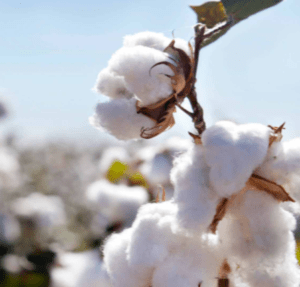
is known for its superior quality and luxurious feel. It is a type of long-staple cotton that is cultivated in Egypt and is highly prized for its softness, strength, and absorbency. Egyptian cotton has a longer fiber length compared to other types of cotton, which makes it more durable and resistant to pilling. This luxurious cotton is often used to make high-end bedding, towels, and clothing. Its exceptional quality and feel make it a popular choice for those who seek the ultimate comfort and luxury in their textiles. When looking for high-quality, luxurious textiles, Egyptian cotton is a top choice for its superior attributes.
Pima Cotton
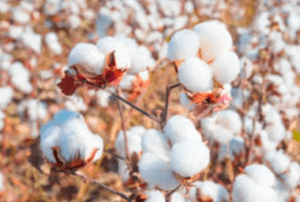
is a type of cotton known for its exceptional softness, durability, and versatility. It is often used to make high-quality clothing, linens, and textiles due to its luxurious feel and long-lasting quality. Pima cotton is grown primarily in the southwestern United States, specifically in Arizona and parts of California. Its extra-long staple fibers make it stronger, softer, and more resistant to pilling than other types of cotton. Pima cotton is a popular choice for those who value comfort and quality in their textiles. It is also a sustainable and environmentally friendly option, as it requires less water and pesticides to grow compared to other types of cotton. Overall, Pima cotton is a great choice for anyone looking for high-quality, durable, and soft textiles.
Other Varieties
There are several other varieties of cotton that are popular for their unique qualities and uses. For example, organic cotton is grown without the use of synthetic pesticides or fertilizers, making it a more environmentally friendly option. Supima cotton, on the other hand, is a premium variety known for its extra-long staple fibers and exceptional softness. It is often used to make high-quality clothing and linens. Additionally, Sea Island cotton is a rare and luxurious variety known for its silky texture and long staple fibers, making it highly sought after for luxury textiles. Each variety of cotton has its own unique qualities and uses, so it’s important to consider your specific needs and preferences when choosing the right type of cotton for your textiles.
Preparing Cotton Plant Seeds for Planting
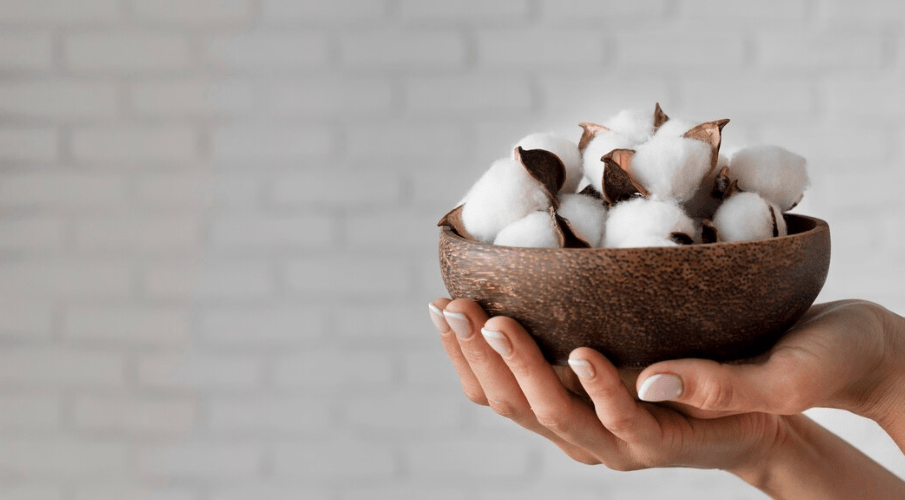
Selecting Quality Seeds
When selecting quality seeds for planting cotton, it’s important to choose seeds from a trusted and reputable supplier. Look for seeds that are certified and have a high germination rate. Quality seeds will help ensure a successful and healthy crop. Additionally, consider the specific variety of cotton that you want to plant and make sure to select seeds that are well-suited for your climate and growing conditions. It’s also a good idea to check for any specific characteristics or traits that are important to you, such as disease resistance or fiber quality. By taking the time to select quality seeds, you can set yourself up for a successful cotton planting season.
Seed Treatment
is an important step in preparing cotton plant seeds for planting. Seed treatment involves applying fungicides, insecticides, or other protective coatings to the seeds to protect them from pests and diseases. This helps to ensure that the seeds have the best possible start when they are planted. Seed treatment also helps to improve seed germination and seedling vigor, ultimately leading to a healthier and more productive crop. By treating the seeds before planting, farmers can increase the likelihood of a successful cotton growing season. It’s important to use safe and approved seed treatment products to protect both the seeds and the environment. Overall, seed treatment is a crucial step in preparing cotton plant seeds for planting and can contribute to a successful and healthy crop.
Soil Preparation
is an essential step in the process of planting cotton. The soil needs to be well-prepared in order to provide a good growing environment for the cotton plants. This includes tilling the soil to break up any compacted areas and remove any debris. It’s important to also check the soil’s pH levels and nutrient content to ensure that the soil is suitable for cotton cultivation. Adding organic matter, such as compost or manure, can also improve the soil structure and fertility. By taking the time to properly prepare the soil, you can set the stage for a successful cotton crop. Additionally, it’s important to consider any specific characteristics or traits that are important to you, such as disease resistance or fiber quality, when selecting the right variety of cotton seeds for planting. This careful selection can contribute to a successful planting season and a healthy, productive crop.
Planting Cotton Seeds
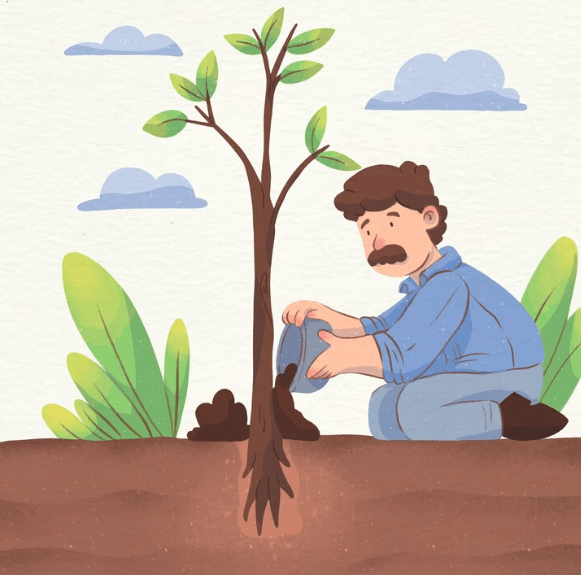
Timing and Climate
are crucial factors to consider when planting cotton seeds. It’s important to plant cotton seeds at the right time to ensure optimal growth and yield. The ideal time for planting cotton seeds depends on the climate and weather conditions of the region. Planting too early or too late can affect the development and yield of the cotton crop. It’s important to consider the temperature, moisture levels, and the length of the growing season when deciding the best time to plant cotton seeds.
In warmer climates, planting cotton seeds can begin as early as March or April, while in cooler climates, it may be best to wait until May to plant. The soil temperature should be around 60 degrees Fahrenheit for optimal seed germination. It’s also important to monitor the rainfall patterns and ensure that the soil has enough moisture for the seeds to germinate and establish healthy roots.
By planting cotton seeds at the right time and considering the climate and weather conditions, you can set the stage for a successful and productive cotton growing season. It’s important to be mindful of these factors to ensure a healthy and thriving cotton crop.
Planting Techniques
are an important aspect of successful cultivation. The timing of planting cotton seeds is crucial for the development and yield of the crop. Factors such as temperature, moisture levels, and the length of the growing season should be taken into consideration when deciding the best time to plant cotton seeds. In warmer climates, planting can begin as early as March or April, while in cooler climates, it may be best to wait until May. The soil temperature should be around 60 degrees Fahrenheit for optimal seed germination. Monitoring rainfall patterns and ensuring that the soil has enough moisture for germination and root establishment is also crucial. By planting cotton seeds at the right time and considering the climate and weather conditions, farmers can set the stage for a successful and productive cotton growing season. It’s important to be mindful of these factors to ensure a healthy and thriving cotton crop.
Germination and Early Growth
are critical stages in the development of a cotton crop. It is important to provide the seeds with the proper conditions for germination and early growth in order to ensure a healthy and thriving crop. Proper planting techniques, such as planting at the right time and monitoring soil temperature and moisture levels, are essential for successful germination. Additionally, providing the seeds with adequate water and nutrients during the early growth stages is important for the development of a strong root system and healthy plants. By paying close attention to these factors, farmers can set the stage for a successful cotton growing season and ultimately achieve a high yield.
Caring for Cotton Plants

Watering
is a critical factor in the growth and development of cotton plants. Cotton plants require a consistent and adequate supply of water throughout their growing season to ensure healthy and productive growth. It is important to monitor the moisture levels in the soil and provide irrigation when necessary to maintain optimal growing conditions for the cotton plants. Additionally, it is important to ensure that the water is evenly distributed and that the plants are not overwatered, as this can lead to disease and root rot. Proper watering practices are essential for the successful cultivation of cotton plants and can significantly impact the overall yield and quality of the cotton crop.
Fertilization
is also an important aspect of caring for cotton plants. Providing the plants with the necessary nutrients, such as nitrogen, phosphorus, and potassium, can help promote healthy growth and development. It is important to conduct soil tests to determine the nutrient levels in the soil and then apply the appropriate fertilizers based on the specific needs of the cotton plants. By providing the plants with the right nutrients, farmers can ensure that the cotton plants have the resources they need to thrive and produce a high-quality yield. Additionally, proper fertilization practices can help prevent nutrient deficiencies and promote overall plant health, ultimately leading to a successful cotton growing season.
Weed and Pest Management
are critical aspects of cotton plant care. Weeds can compete with cotton plants for water, nutrients, and sunlight, leading to reduced crop yield and quality. It is important to implement effective weed control measures, such as cultivation, hand weeding, and the use of herbicides, to minimize weed competition and ensure the healthy growth of cotton plants.
Similarly, pest management is essential for protecting cotton plants from insect pests that can cause damage and reduce yield. Integrated pest management practices, including the use of beneficial insects, crop rotation, and selective pesticide use, can help control pest populations and minimize the impact on cotton plants. By implementing proactive weed and pest management strategies, farmers can ensure the successful cultivation of cotton plants and maximize their yield and quality.
Harvesting Cotton
is a crucial step in the cotton production process. It is important to carefully time the harvest to ensure that the cotton fibers are at their peak maturity, as this will result in higher quality and better yields. Once the cotton is ready for harvest, it is important to use the right equipment and techniques to gather the cotton without damaging the fibers. After the cotton is harvested, it goes through several processing steps to remove impurities and prepare it for further use. This includes ginning, which separates the cotton fibers from the seeds, and cleaning and packaging the cotton for shipment to textile mills. Proper harvesting and processing are essential for producing high-quality cotton products that meet the needs of consumers and support the cotton industry.
Uses and Benefits of Cotton
Cotton is a versatile and valuable crop with many uses and benefits. It is used to make a wide range of products, including clothing, household items, and medical supplies. Cotton is known for its softness, breathability, and durability, making it an ideal choice for clothing and other textiles. Additionally, cotton is a natural and biodegradable material, making it an environmentally friendly choice. In the medical field, cotton is used to make bandages, swabs, and other medical supplies due to its absorbent and hypoallergenic properties. Overall, cotton plays an important role in various industries and offers many benefits to consumers and the environment.
In conclusion, growing cotton plant seeds successfully requires attention to detail and specific care. It’s important to ensure the soil conditions are suitable, the plants are watered properly, and they receive the right amount of sunlight. By following these essential tips, you can increase your chances of successfully growing cotton plant seeds and enjoying a bountiful harvest. Happy gardening!
Frequently asked questions And Answer
Cotton plants thrive in well-draining, sandy loam soil with a slightly acidic pH level.
Cotton plants require full sun, so it’s important to plant them in an area where they will receive at least 6-8 hours of sunlight per day.
Cotton plants need regular watering, especially during the germination and early growth stages. It’s important to keep the soil evenly moist but not waterlogged.
Cotton seeds should be planted after the last frost date in your area, typically in the spring.
Cotton seeds usually germinate within 5-10 days, but it can take up to 2 weeks for the first seedlings to emerge.
Cotton plants may require fertilization during their growing season, and it’s important to monitor for pests and diseases. Additionally, they may need to be pruned to promote airflow and prevent overcrowding.
Cotton plants typically take 5-6 months to mature and produce cotton bolls.
Yes, cotton plants can be grown in large containers, but it’s important to ensure that the containers have good drainage and enough space for the plants to grow. Regular watering and fertilization may also be necessary for container-grown cotton plants.
